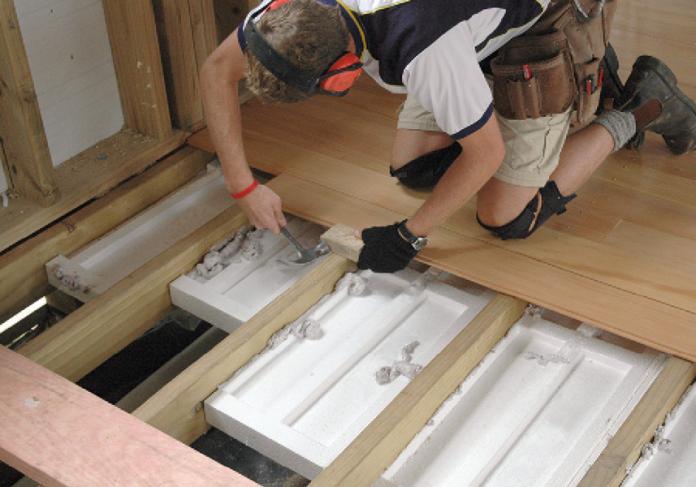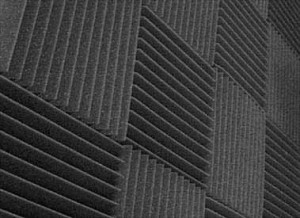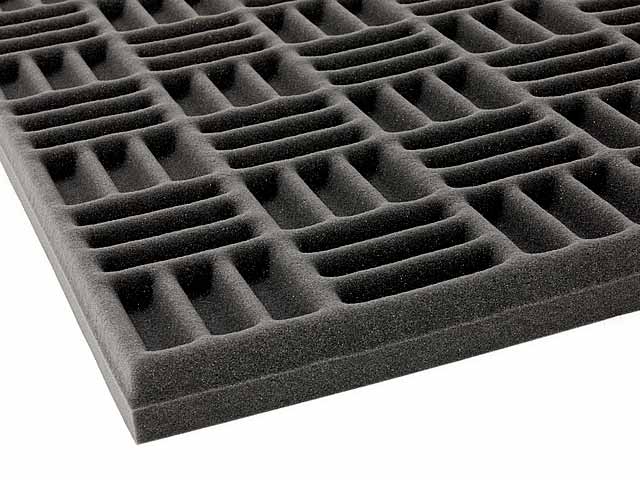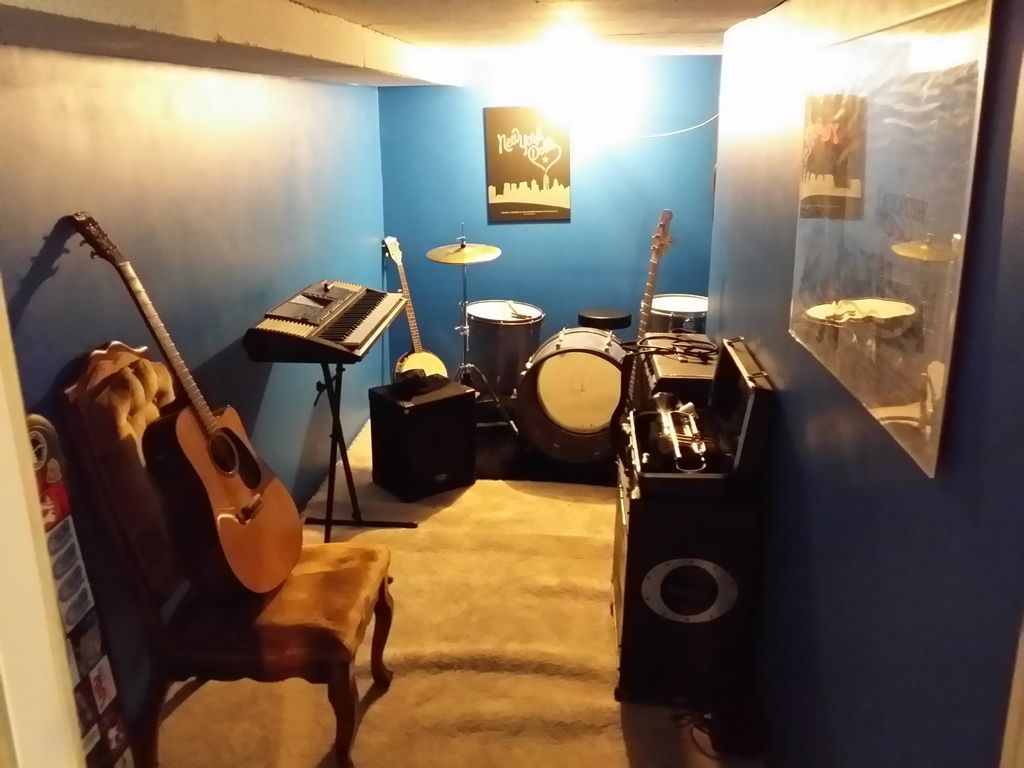Written by Foam Factory, Inc.
There are several reasons why someone would want to sound proof room. Often, it is to keep sound from coming in. It could be to cut off excess road noise at night. Alternatively, you might want to prevent sound from going out, like from a movie room. Either way, here is a simple four step guide to soundproofing a room:
Step one – You will need to add mass to prevent sound from coming through the walls unless they are concrete. The quickest way is to remove anything on the walls and add a layer of sound deadening foam. Cover the foam with wood or other panels. If the sound coming through is excessive, then use viscoelastic glue between the foam sheets and the wall.
Step two – Now we need to stop the sound coming through the door. Replace the door with a sound proof door and cover the gaps with foam gaskets and an automatic door seal at the bottom.
Step three – Repeat the same process as above, by placing foam Canada gaskets on the windows to cover any air gaps. You can test the different by applying to half the window. The difference is both immediate and striking.
Step Four – If the sound comes through the floor and ceiling, then you will need to add sound deadening foam on both surfaces. In most cases, this will involve removing your floor boards to insert the foam.
____________________________________
Outfit your studio with acoustic foam panels from The Foam Factory Inc.


 When people have a noise problem in their apartments or homes, they tend to seek out acoustic foam panels because that’s what they’ve seen in recording studios and sound booths. It’s even advertised as wall treatments for homes. There are some important things you need to know before you buy a foam panel, such as which panel is right for absorption or blocking sound.
When people have a noise problem in their apartments or homes, they tend to seek out acoustic foam panels because that’s what they’ve seen in recording studios and sound booths. It’s even advertised as wall treatments for homes. There are some important things you need to know before you buy a foam panel, such as which panel is right for absorption or blocking sound. Written by: The Foam Factory, Inc.
Written by: The Foam Factory, Inc.